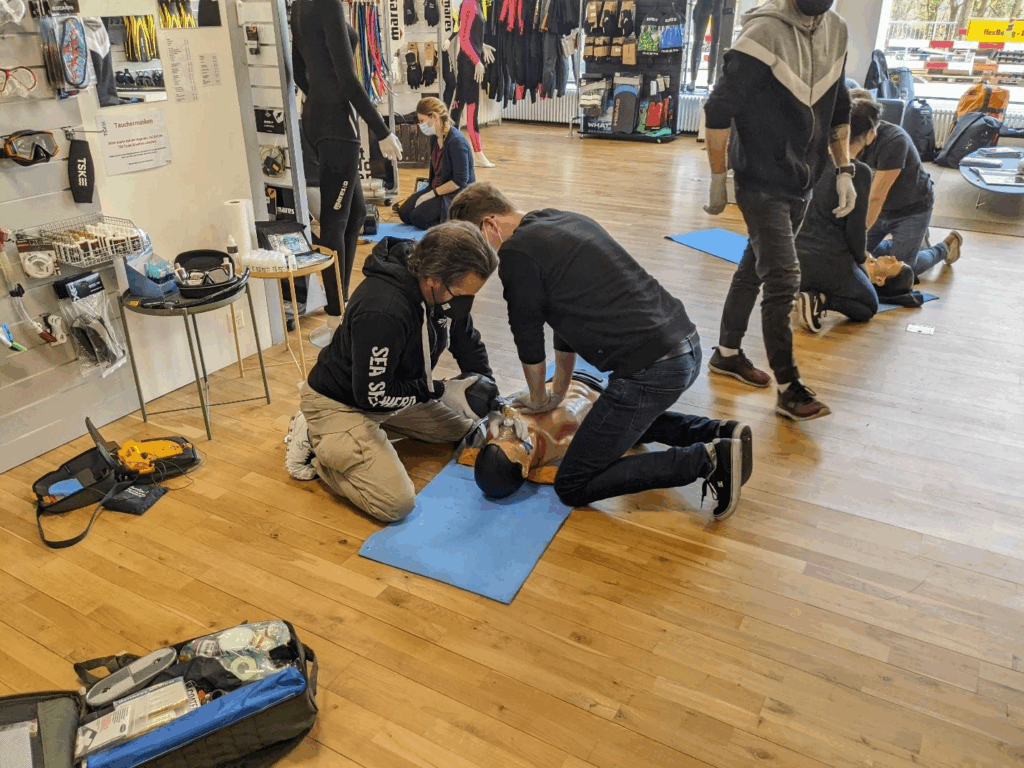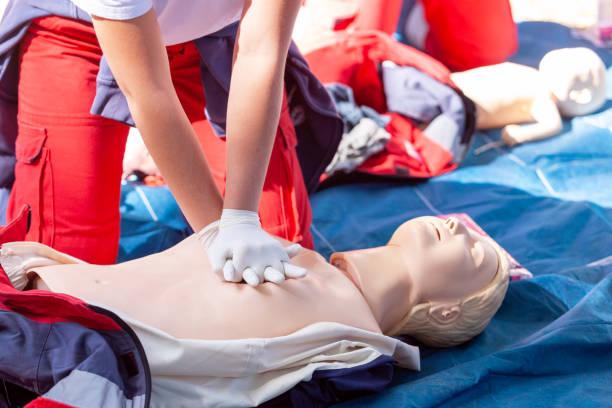Understanding First Aid Requirements in British Columbia: What Every Workplace Needs to Know
When it comes to workplace safety, understanding and meeting the first aid requirements in BC is essential for employers and workers alike. Whether you’re running a small business or managing a large industrial site, being compliant with workplace first aid regulations not only ensures the safety of your team but also keeps you on the right side of the law. This guide breaks down what you need to know about BC first aid standards and how to stay compliant with occupational first aid in BC.
Why First Aid Matters in the Workplace
Workplace injuries can happen unexpectedly—from minor cuts to serious accidents—and having the proper first aid measures in place can make all the difference. Effective first aid response helps reduce the severity of injuries and can even save lives. That’s why British Columbia has specific regulations that outline first aid requirements for different types of workplaces.
Overview of Workplace First Aid Regulations
WorkSafeBC outlines the workplace first aid regulations under the Occupational Health and Safety Regulation (OHSR), Part 3: Rights and Responsibilities. These regulations require employers to:
- Conduct a risk assessment of their workplace.
- Determine the number of employees per shift.
- Evaluate the distance to the nearest medical facility.
- Provide trained first aid attendants and appropriate first aid equipment.
The type and level of first aid required depends on these factors, and businesses must comply accordingly.

Understanding BC First Aid Standards
The BC first aid standards categorize workplaces into different levels, each with corresponding training and equipment requirements:
- Level 1 First Aid: For low-risk workplaces close to a hospital.
- Level 2 First Aid: For moderate to high-risk workplaces not immediately near a hospital.
- Level 3 First Aid: For remote or high-risk worksites where advanced first aid skills are needed.
Employers must ensure they have properly trained attendants certified in the correct level of occupational first aid in BC.
Training and Certification
To meet these requirements, first aid attendants must complete training from an approved training provider. Certification must be valid and up to date, with refresher courses taken as required. Equipment, such as first aid kits and transportation devices, must also meet the specifications set out by WorkSafeBC.
Need Help Navigating First Aid Requirements?
If you’re unsure about what your workplace needs to comply with first aid requirements in BC, you’re not alone. Every work environment is unique, and regulations can be complex.
Peak Safety Training, based in Burnaby, BC, specializes in helping businesses understand and meet their occupational first aid in BC obligations. Whether you need guidance on assessments, training for staff, or help selecting the right first aid supplies, their experienced team is ready to assist. Don’t hesitate to reach out with your questions.

Conclusion
Complying with BC first aid standards isn’t just a legal requirement—it’s a vital part of creating a safe and prepared workplace. By staying informed and taking proactive steps, you can ensure your team is protected and ready for emergencies. And if you’re ever in doubt, the experts at Peak Safety Training are just a call or message away.
Disclaimer
The information provided in this blog post is for educational and informational purposes only. It should not be considered legal or regulatory advice. Readers are encouraged to consult the official Occupational Health and Safety regulations and WorkSafeBC guidelines to ensure full compliance with all applicable requirements in their specific workplace or industry.




